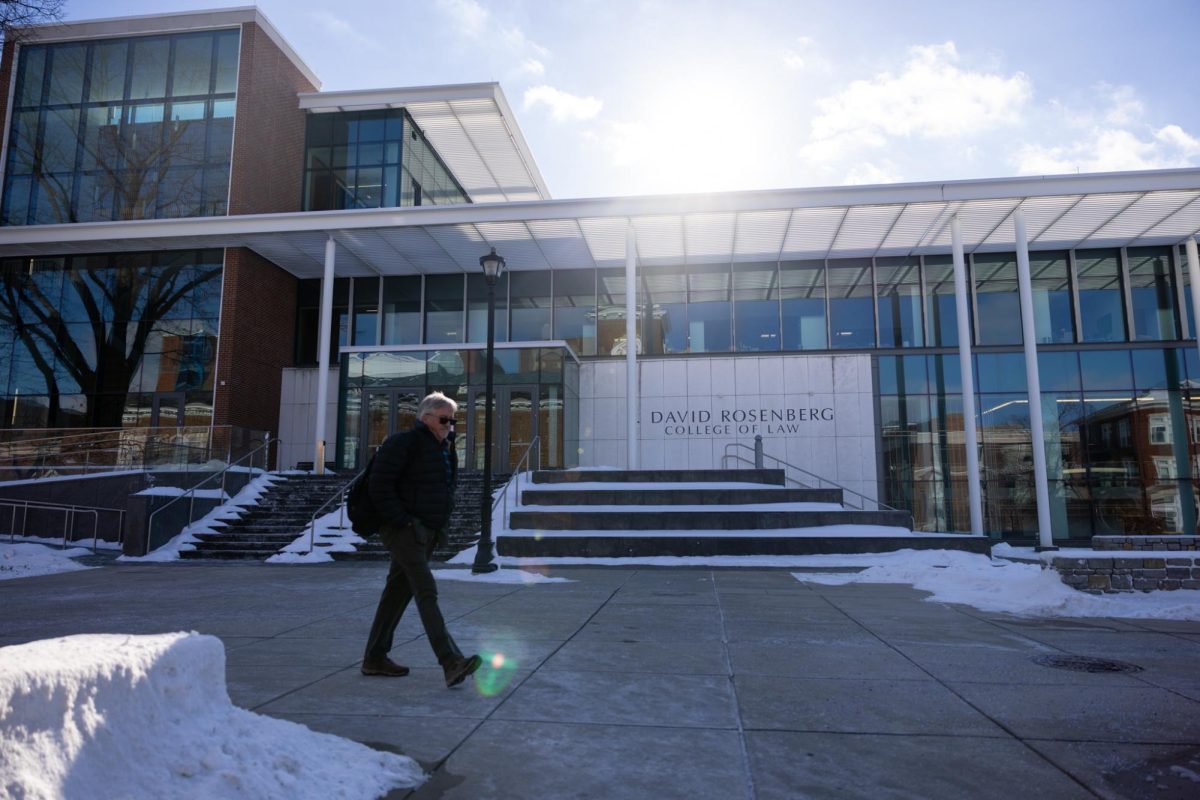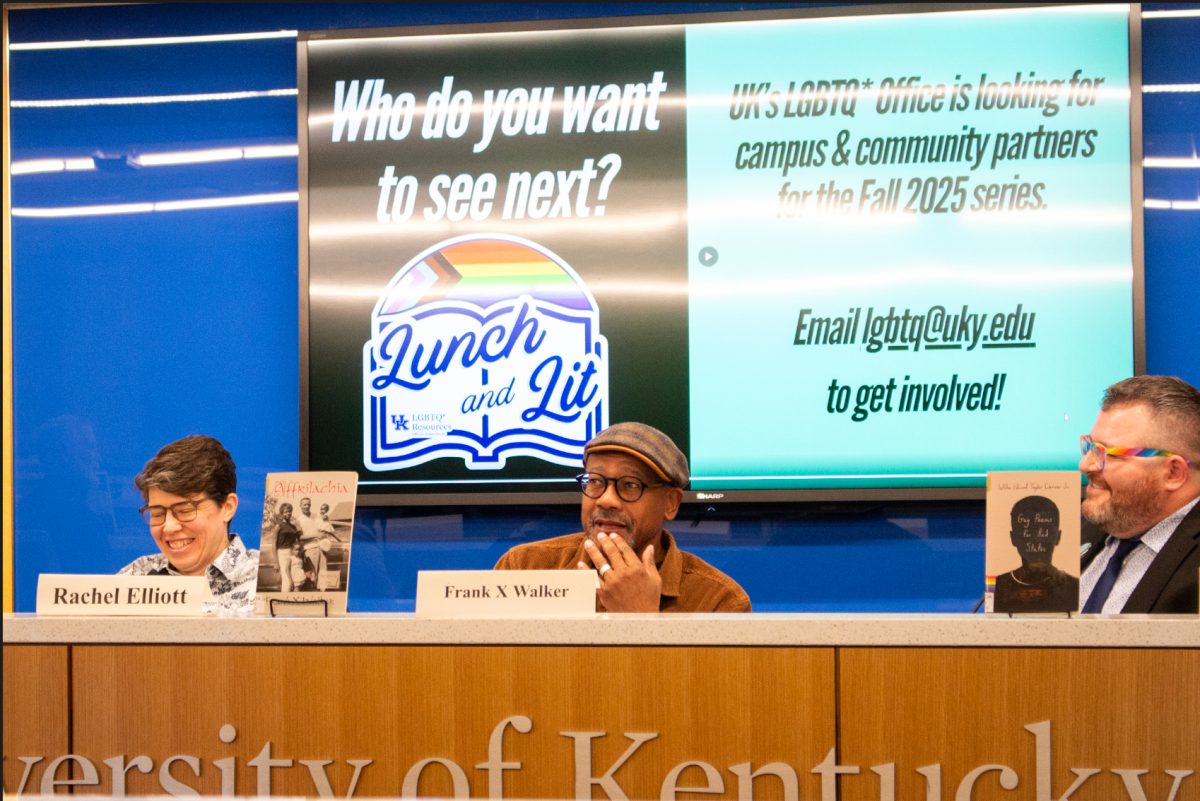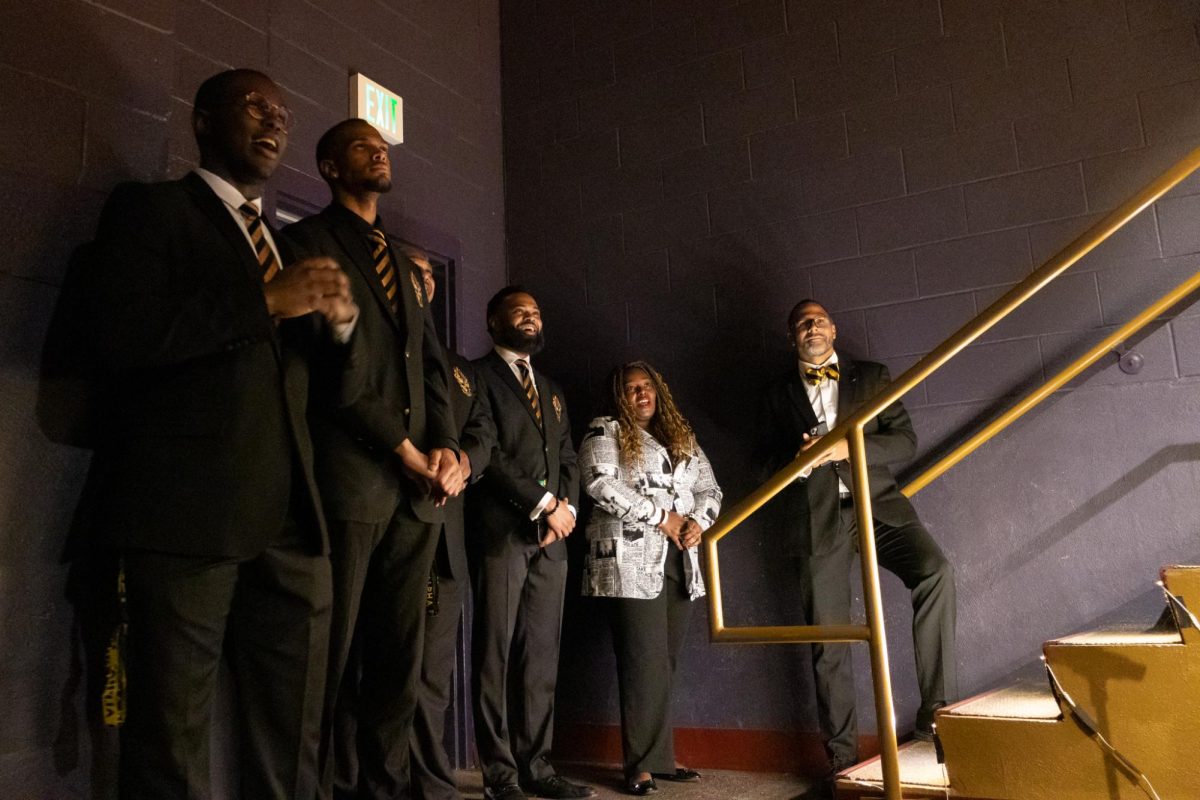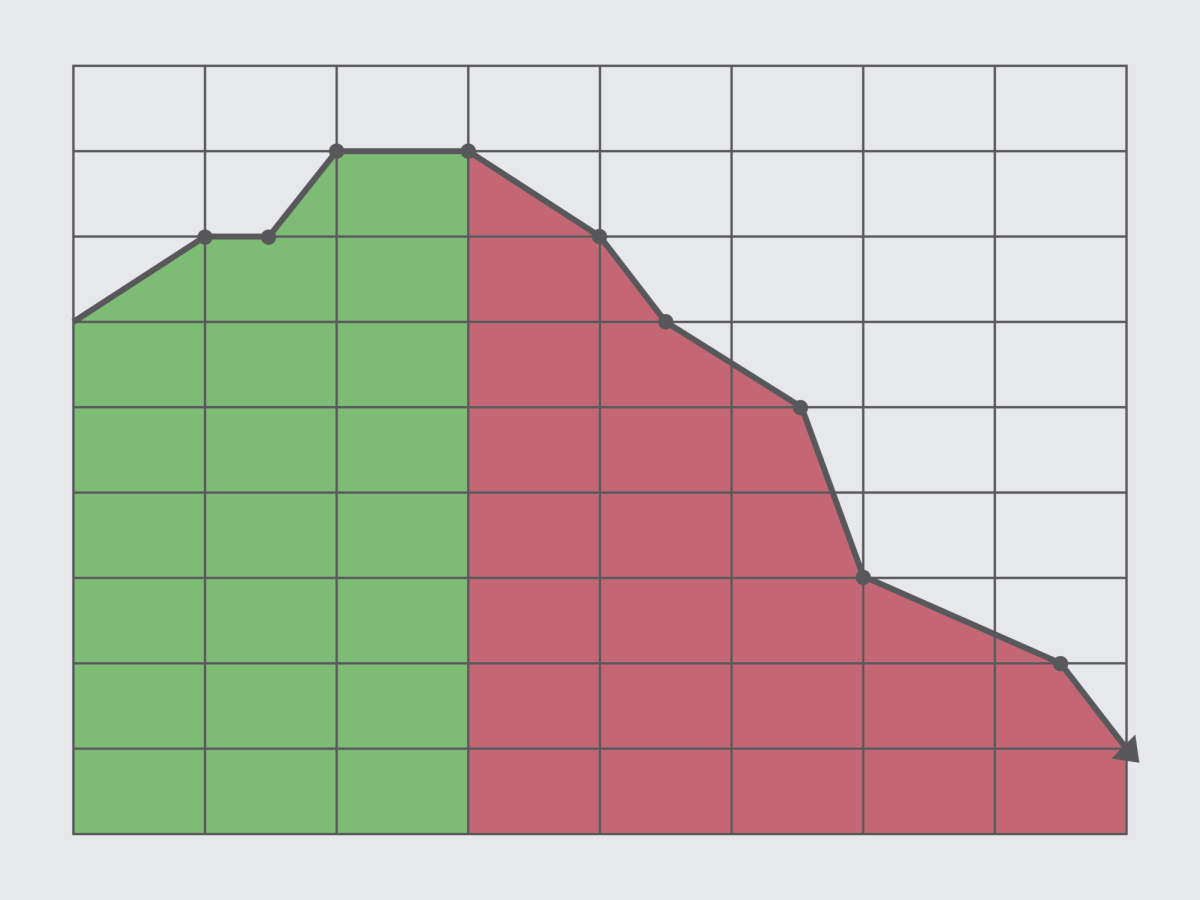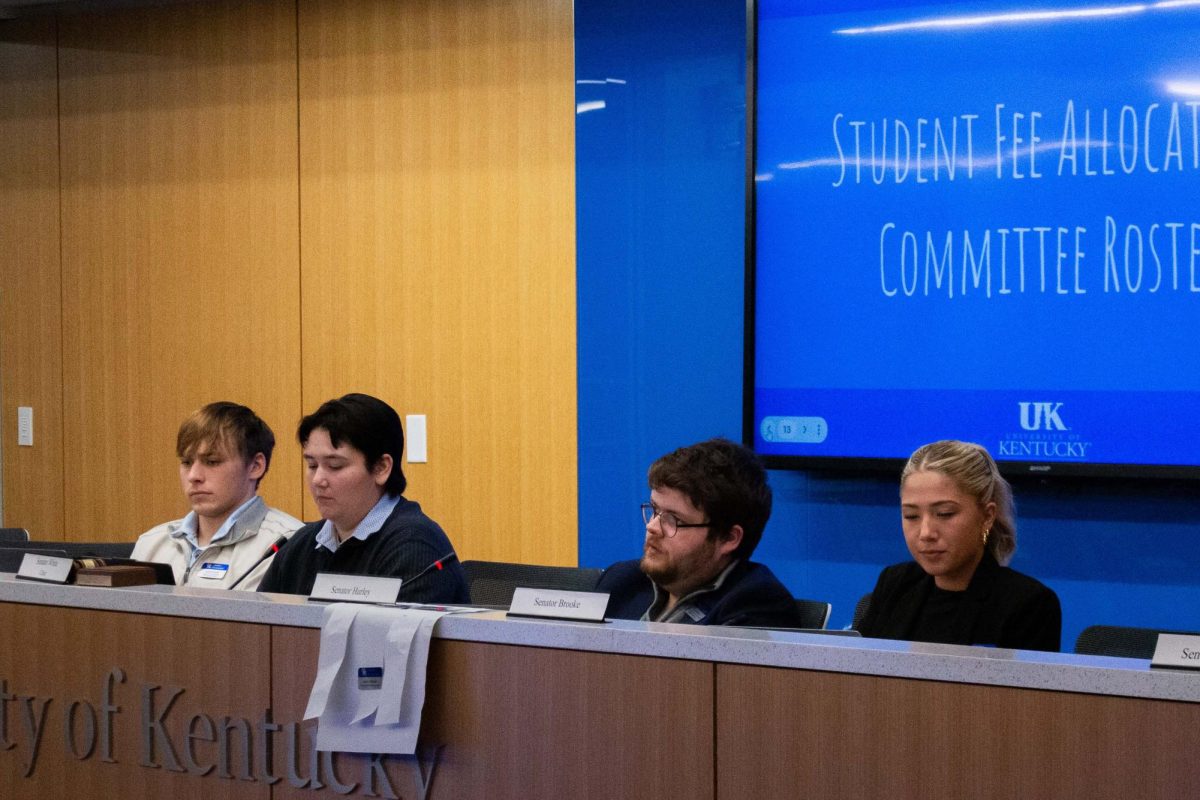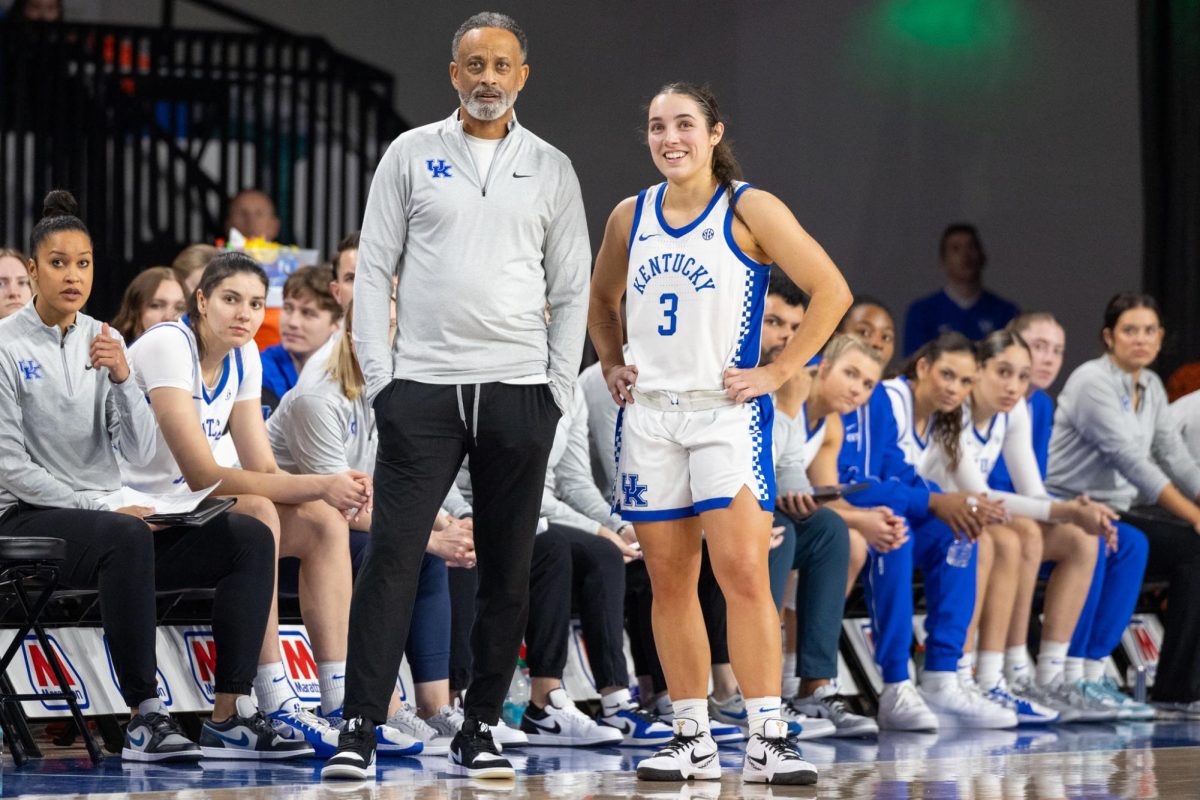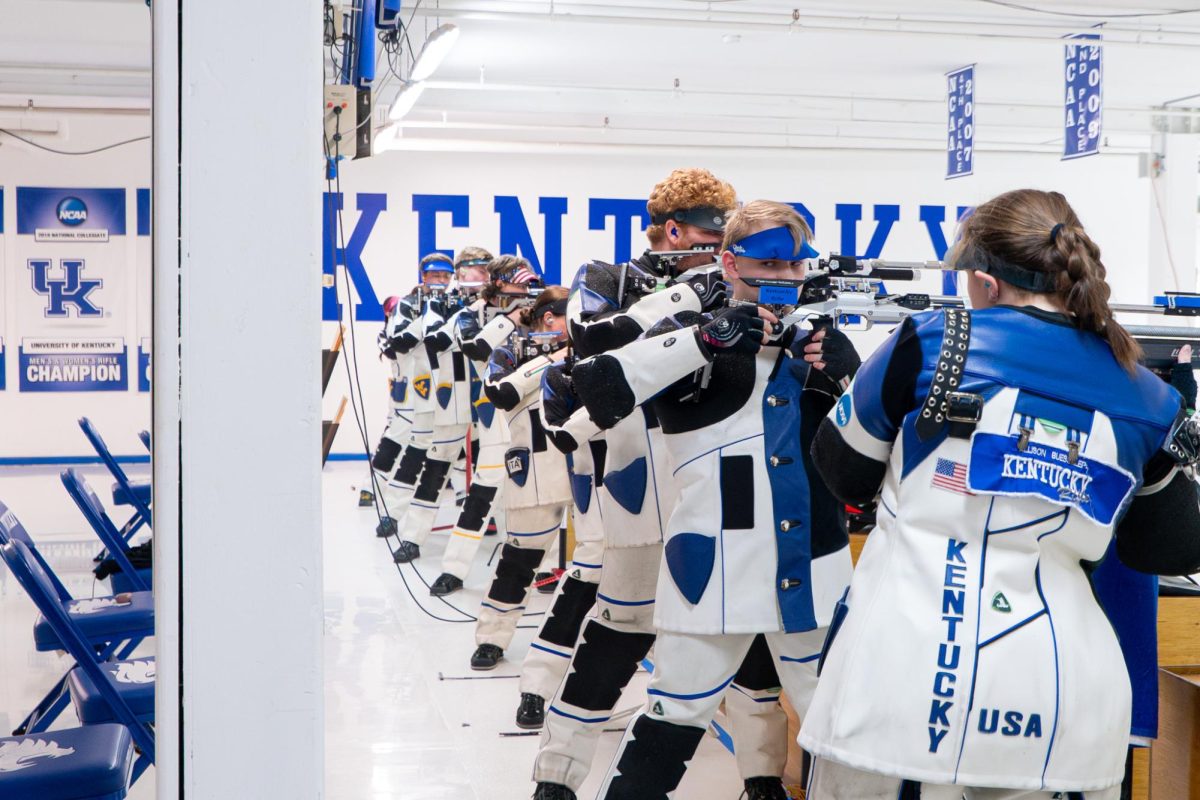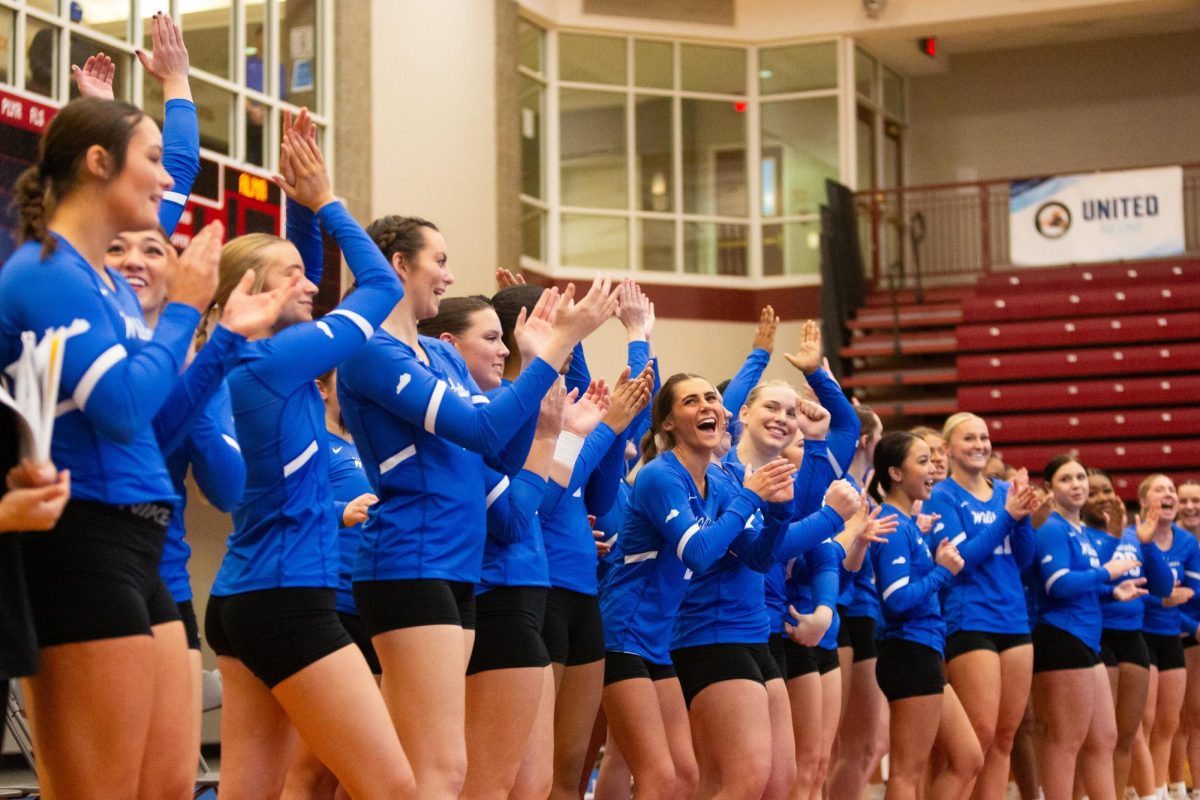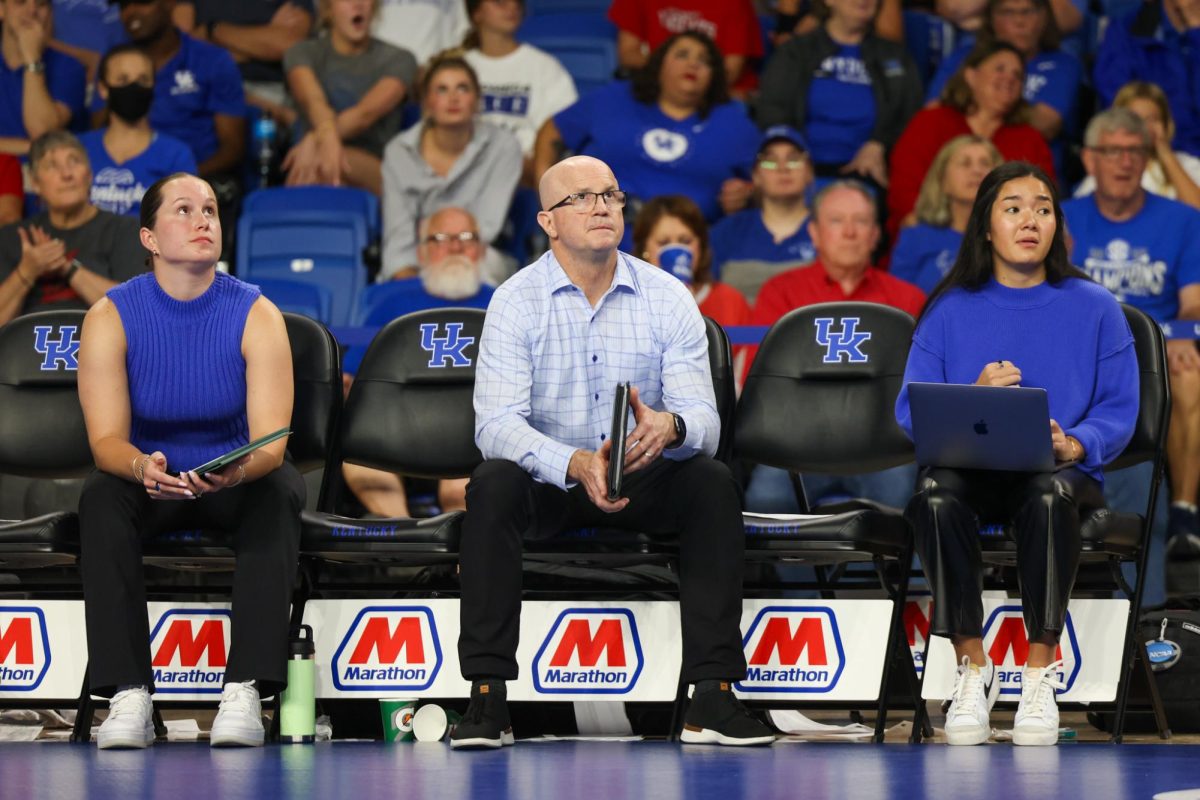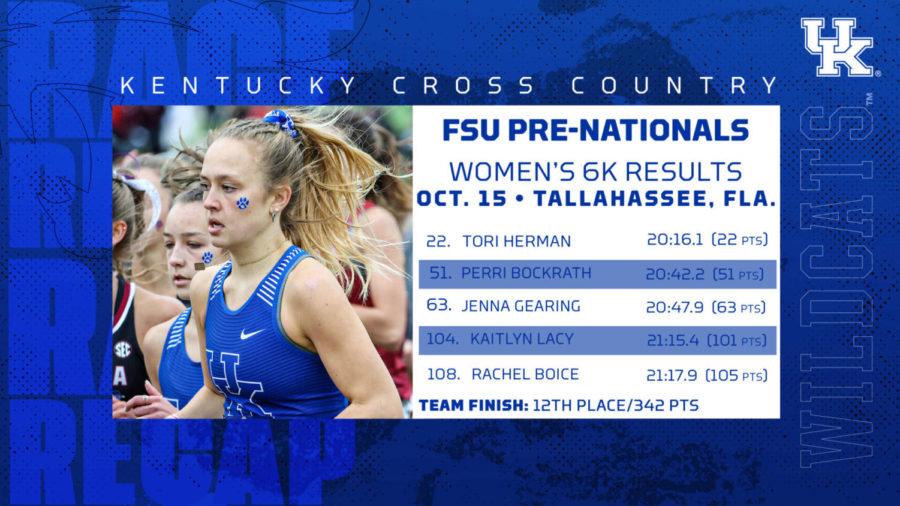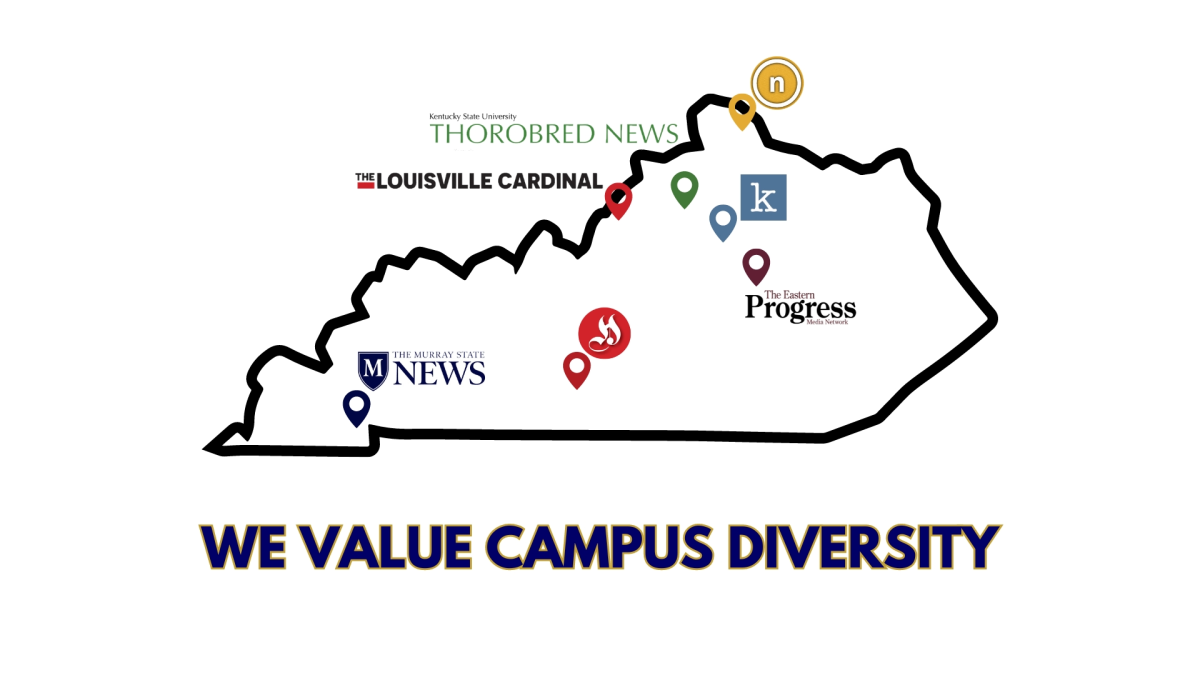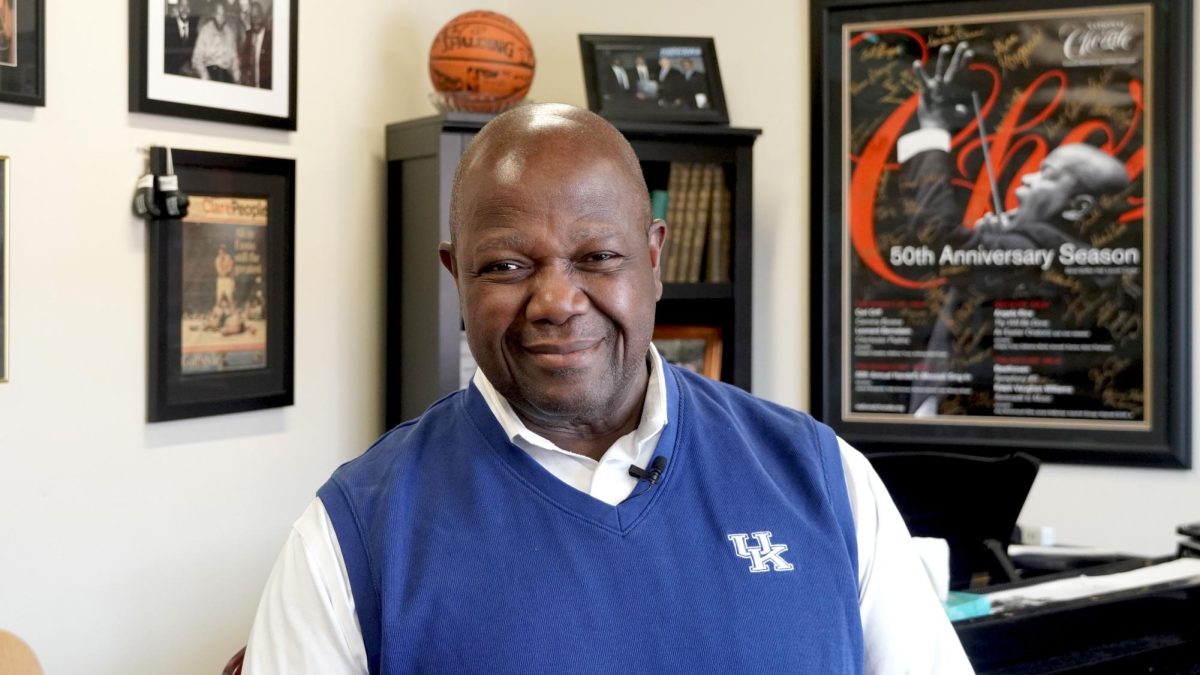Not all degrees are created equal, and students across Kentucky and the surrounding states are starting to notice.
Whether driven by job demand, personal interest, or just the desire for a steady paycheck after graduation, students are gravitating toward majors that feel practical, flexible, and rooted in reality. Gone are the days when a “safe” path meant law school or business. Now, it’s nursing, tech, and even the trades that are quietly taking over classrooms, both in person and online.
The data doesn’t lie. Over the last few years, programs in healthcare, engineering, IT, and mental health have seen a sharp increase in enrollment, outpacing traditional liberal arts and even some business degrees. So what’s behind this shift, and what majors are actually pulling ahead?
Here’s a look at what’s growing, where the momentum is, and why.
Nursing and Allied Health: Leading the Pack
If there’s one field that’s consistently booming, it’s nursing. The demand for nurses in both urban and rural areas continues to climb, and students are responding. Accelerated programs are also playing a big role. Online ABSN degrees in Ohio, for example, are giving students with non-nursing backgrounds a way to pivot into the field fast, and they’re filling up quickly.
Allied health programs like physical therapy assisting, respiratory therapy, and radiologic tech are also on the rise. These roles are often overlooked but highly employable, especially in areas that are underserved medically. The appeal? Shorter training periods, decent starting pay, and strong job security.
Tech Majors: Less Flash, More Function
Tech degrees aren’t just for Silicon Valley hopefuls anymore. Cybersecurity, data analytics, and software development are becoming go-to choices for students who want a future-proof career but don’t necessarily want to work for a big-name startup.
The major takeaway here is practicality. These degrees tend to lead to remote or hybrid work, which appeals to a generation used to flexibility. Plus, with certificate and associate-level options becoming more common, some students are skipping the four-year route altogether and still landing solid entry-level jobs.
Engineering: Still a Solid Bet
While it might not be growing as explosively as nursing or tech, engineering programs are quietly expanding. Mechanical, civil, and electrical engineering continue to attract students who are good with math and want a job that pays well right out of the gate.
What’s changing is the focus. There’s been a noticeable uptick in interest in renewable energy, infrastructure, and even environmental engineering. Areas that align with larger economic and climate concerns. It’s not just about building bridges anymore; it’s about building smart ones.
Psychology and Counseling: The Mental Health Effect
Increased attention on mental health has fueled major growth in psychology, social work, and counseling programs. Students aren’t just drawn to these fields because they want to “help people.” They’re also seeing a wide range of job options and graduate pathways.
Many who start with a psychology or social work degree don’t necessarily plan to become therapists. School counseling, case management, behavioral health tech jobs, and community outreach work are all growing subfields. Unlike some majors that feel vague or abstract, this path feels grounded. There’s a problem to solve and students want to be part of the solution.
Education: Slowly Making a Comeback
Yes, teacher shortages are real. But rather than scare students away, that reality seems to be drawing some in. Education majors are showing modest but consistent growth, especially in elementary and special education.
Incentives in certain states, including loan forgiveness or guaranteed placement programs, are starting to shift the narrative. While teaching still isn’t the most lucrative field, it’s one that comes with a sense of purpose and students are taking note.
Skilled Trades and “New Collar” Careers
It’s not just about college anymore. Career-minded students, especially those coming out of high school unsure about the traditional four-year route, are starting to explore skilled trades, vocational programs, and technical certifications. Think HVAC, welding, electrical work, and auto tech.
What’s different now is the branding. These aren’t seen as fallback options; they’re seen as strategic moves. Wages are competitive, training is relatively fast, and in some areas, the job openings outnumber the applicants.
What’s Driving the Shift?
There’s no single reason why these programs are growing, but a few key factors stand out:
- Job Market Alignment: Students want majors that lead to jobs. Simple as that.
- Flexibility: Programs that offer hybrid or online options are especially appealing.
- Cost vs. Outcome: The rising cost of education has made students more skeptical of majors that don’t offer a clear return on investment.
- Social Influence: Gen Z is heavily influenced by trends, whether on TikTok or in their local communities. Seeing peers succeed in nursing, tech, or the trades makes those paths more attractive.
Final Take
If you’re choosing a major in 2025, it’s not just about passion anymore, it’s about payoff. And while there’s nothing wrong with following your heart, it turns out a lot of students are learning to follow the data, too.
The fastest-growing majors in Kentucky and its neighboring states aren’t always the flashiest, but they’re getting results. They offer a clear path to a career, often without years of uncertainty or debt, and in today’s world, that might be the most practical degree of all.



